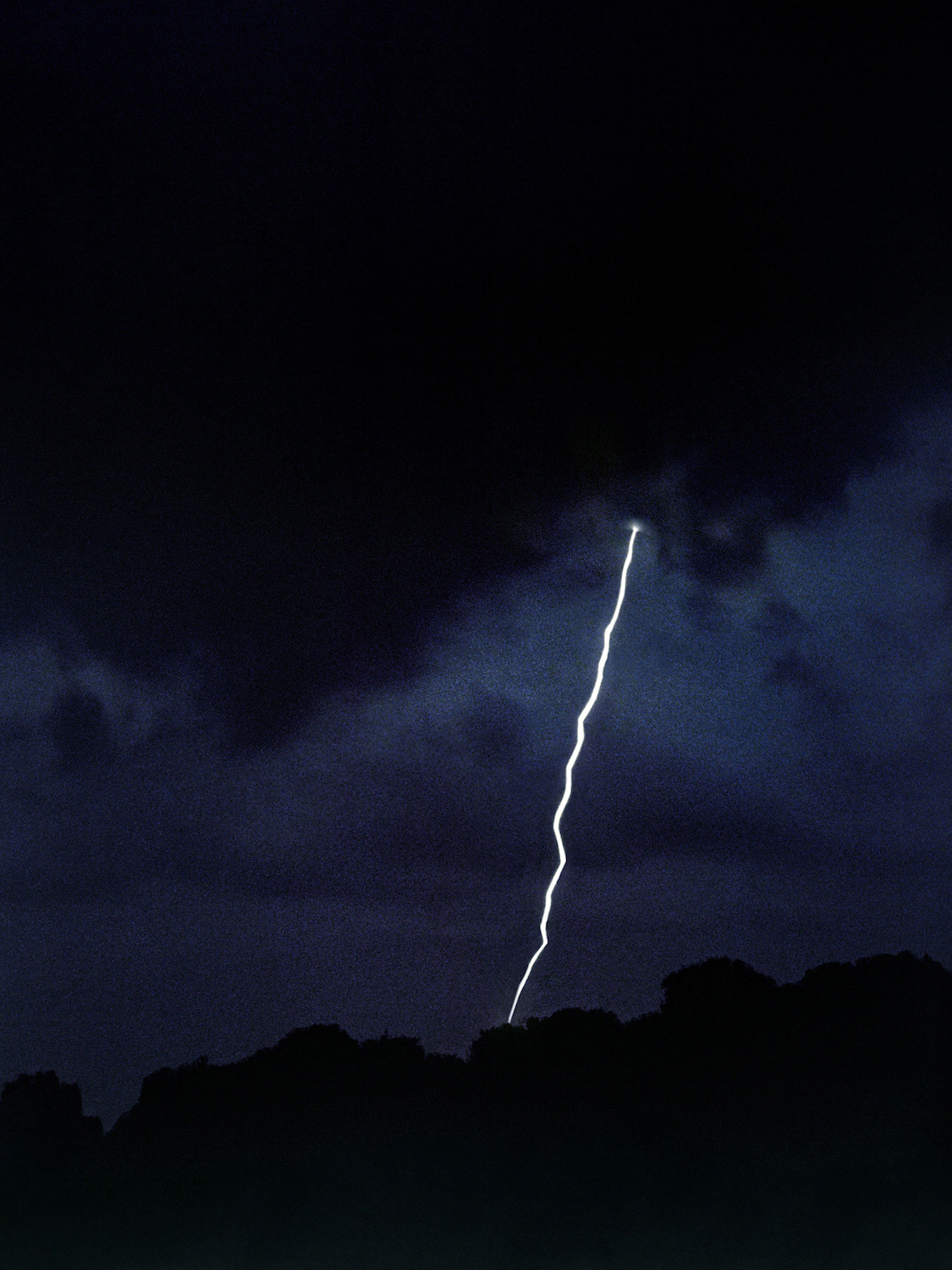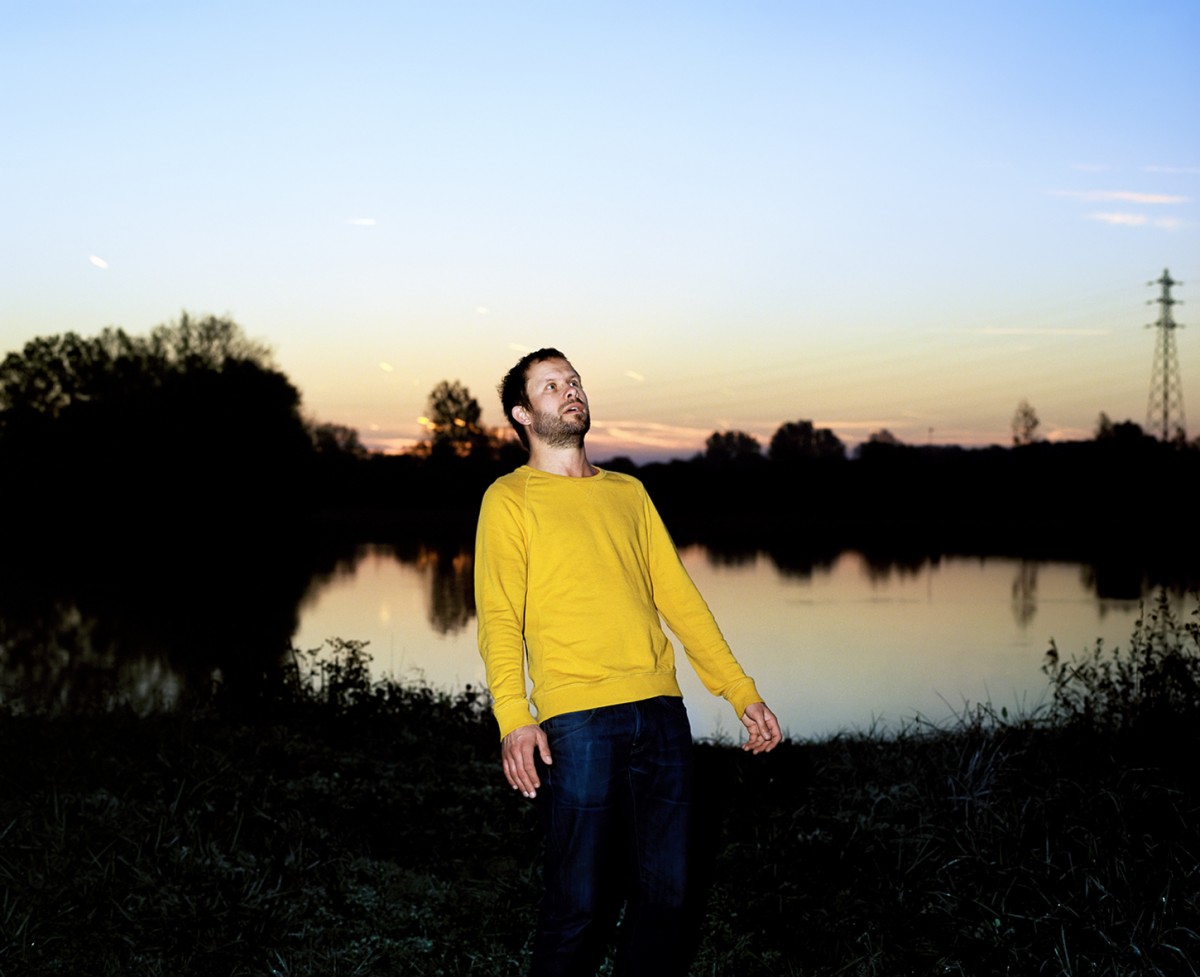We caught up with Natasha Caruana to talk about her project At First Sight and the process of capturing these fleeting moments.
Hi Natasha, thanks for taking the time to catch up with us.
I find the idea of looking for truth in love at first sight to be an interesting idea. Are you looking for the truth of the love itself or the truth of the idea of love at first sight?
Natasha Caruana: I’m looking for the truth of the idea.
PW: Do you think love at first sight is based on looking back and revising the past?
NC: My project found the idea of love at first sight, is felt in the moment. The experience itself is so powerful and visceral on recollection it can be relived years after.
PW: How do you photograph a past event that doesn’t seemingly have an outward or physical change? Is this your reason for working with scientists?
NC: The process of finding and speaking with my subjects was essential when photographing the seemingly hidden nature of love at first sight. I found people in the French town of Chalon that had experienced the phenomenon and interviewed them. It was an important part of the work to sit and talk to each subject in order to learn how they physical recalled the moment they experienced love at first sight. I used that conversation to inspire the collaborative making of the photograph considering the location, the light, and then whilst within the scene we accentuated the physical feeling into enigmatic poses and gestures, such as falling back, arms outstretched and being held.
Working with scientific data was part of the objective to discuss and find the truth of love at first sight to set against the personal experiences. It was important to bring science into the conversation to offer an objective and rational point of view to the narrative.
PW: What is the moment you have photographed?
NC: The At First Sight series combines many moments from science, people’s stories, to the weather.
For the personal stories as I’ve explained I photographed a recalling of the moment. It was important to have a range of stories. For example some subjects were still with their love at first sight after many years, such as Mr and Mrs Dert who found love on encountering a horse. To an intense moment of two women falling in love with the same sex for the first time.
The scientific moments which were photographed were produced with science students from the local Nicéphore Niépce college. Over a series of sessions we remade 7 key scientific experiments on the theme of love at first sight, found after an intense period of research looking into the subject. The set of remarkable and rather bizarre experiments ranged from 1974 – 2014.
The weather became the punctuation to my narrative. Firstly because love at first sight in french, coup de foudre is directly translated as the thunder bolt. And secondly I was really inspired by the Burgundy landscape I was working in whilst living at the musee Nicéphore Niépce.
It was fascinating for me that Niépce, the inventor of photography, was trying to find the answers and fix the first photograph within the same landscape, 189 years later I was trying to find the answers to love at first sight. The reflections on nature encapsulate the search for truth and the power of natural forces.



